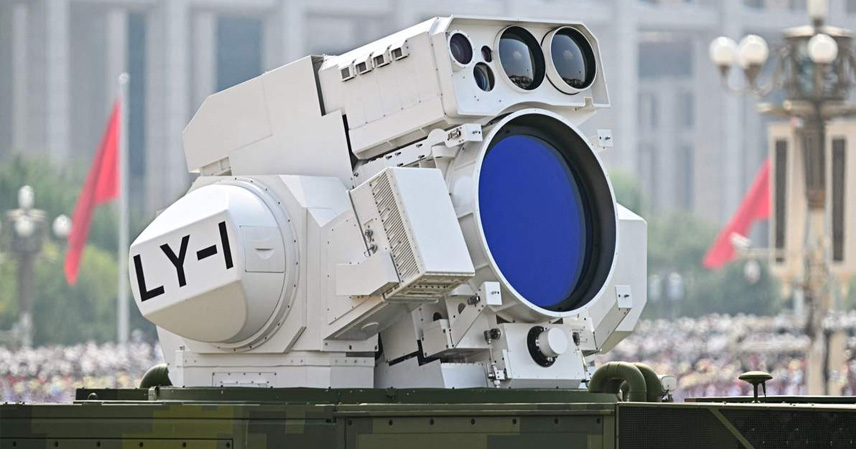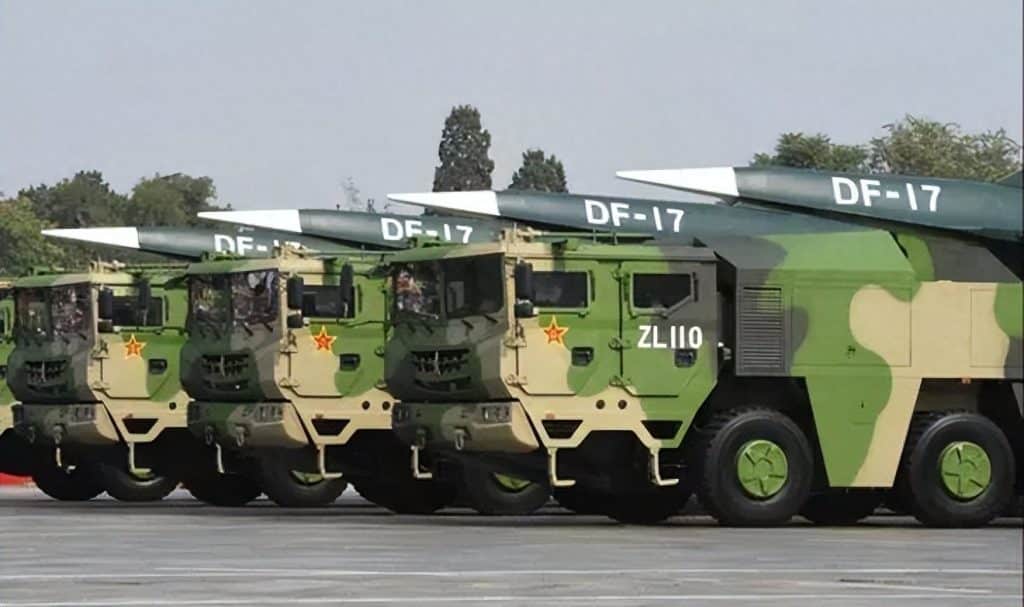Modern laser weapon technology has moved from the testing ground to the battlefield, with many countries now unveiling their own systems. During the joint Russian-Belarusian “Zapad-2025” military exercise, Belarus showcased its newly equipped laser weapon system for the first time. This revelation left Ukraine’s Defense Express with mixed emotions. Currently, neither Ukraine nor its Western partners have combat-ready laser weapon systems, yet not only Russia—but now Belarus as well—have deployed them.
According to Ukrainian media reports on September 16, 2025, the Belarusian system is codenamed “Saffron,” and is allegedly based on Chinese-developed technology.
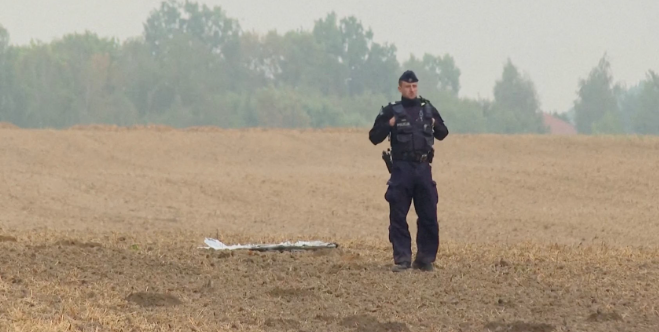
Counter-drone warfare has become one of the greatest challenges in modern conflict. Recently, during an incident where Russian drones “intruded” into Polish airspace, NATO’s air defense managed to intercept only a few out of the 23 drones involved—an embarrassing shortfall. Against this backdrop, Belarus presented its “Saffron” system during a public exercise at the Borisovsky training ground north of Minsk, where it successfully demonstrated shooting down a drone.
Ukrainian media noted that the “Saffron” system was only made public in spring 2025, suggesting a development cycle of less than a year—a speed they claimed was only possible by leveraging Chinese technology. Some reports even speculated that the system was derived from China’s “Silent Hunter” laser weapon, and that Russia had also developed a variant called “Nomad” based on the same foundation.
Laser weapons are widely regarded as an ideal solution for counter-drone operations, and in this field, China is considered a global leader. Not only has China developed advanced laser systems, but it has also successfully exported them. Saudi Arabia previously acquired Chinese laser defense systems, and Belarus’s recent deployment seems to further confirm this capability. If the Ukrainian reports are accurate, it only proves once again that China’s path was the right one—pioneering laser weapon technology and achieving successful exports.

The Belarusian “Saffron” laser system is mounted on a mobile chassis, with radar and laser equipment capable of destroying small drones within a one-kilometer range. Ukrainian observers noted strong similarities with Chinese products, even down to the user interface—suggesting only software differences. From this, they concluded that the system likely originates from Chinese technology.
These claims reveal Ukraine’s complicated mindset. China has long demonstrated and marketed laser weapon systems internationally, sometimes under the label of security products rather than military arms. For Belarus, purchasing the system or even obtaining a technology transfer is simply a commercial matter—especially under urgent operational needs.
For Ukraine, however, the development is troubling. The country faces constant drone attacks from Russia, often in the hundreds each night, with no effective countermeasures. Neither Ukraine nor the West currently possesses a deployable laser weapon system. As it stands, China remains the only nation capable of fielding practical, combat-ready laser defenses.
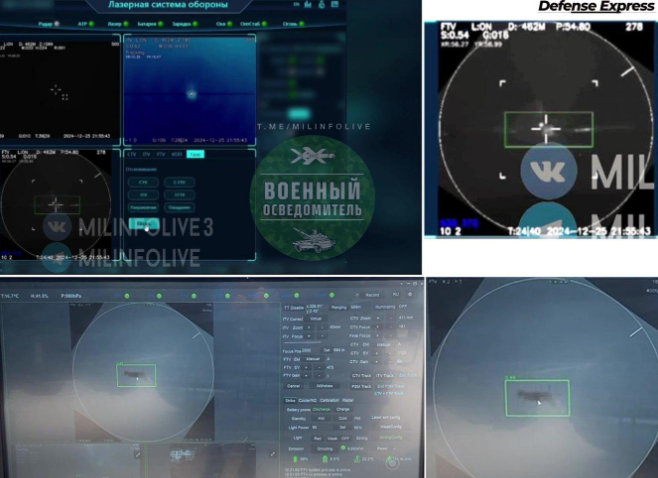
The rise of drones has changed the dynamics of aerial warfare. Traditional air defenses were designed to counter manned aircraft, but small drones now dominate the battlefield, particularly in frontline zones, where they have become the most persistent threat. This shift has underscored the unique value of laser weapon systems.
China began laser weapon development decades ago, facing significant technological hurdles, but never abandoned its efforts. Recognizing early that low-power lasers were ineffective against manned aircraft, China pivoted toward using them against drones. This strategic shift—first marketed as civilian security products—opened new opportunities.
Civilian drone proliferation made such systems commercially viable. In fact, as early as the 2012 Zhuhai Airshow, China unveiled the “Low Altitude Guard” laser system. Over the years, these systems matured, moving from civilian applications back to military use.
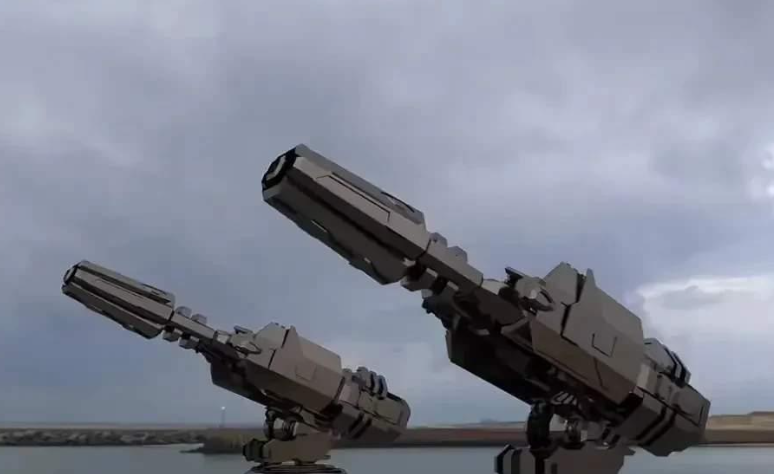
By 2025, China revealed three advanced indigenous laser systems during a September 3 military parade, significantly improved over export models. Although performance specifications were not disclosed, the demonstration signaled a new milestone.
China’s persistence has placed its laser weapon technology at the forefront of global innovation—maintaining leadership in a field that is increasingly central to modern warfare.
References
- Defense Express (Ukraine), September 16, 2025
- CCTV News, September 3, 2025

